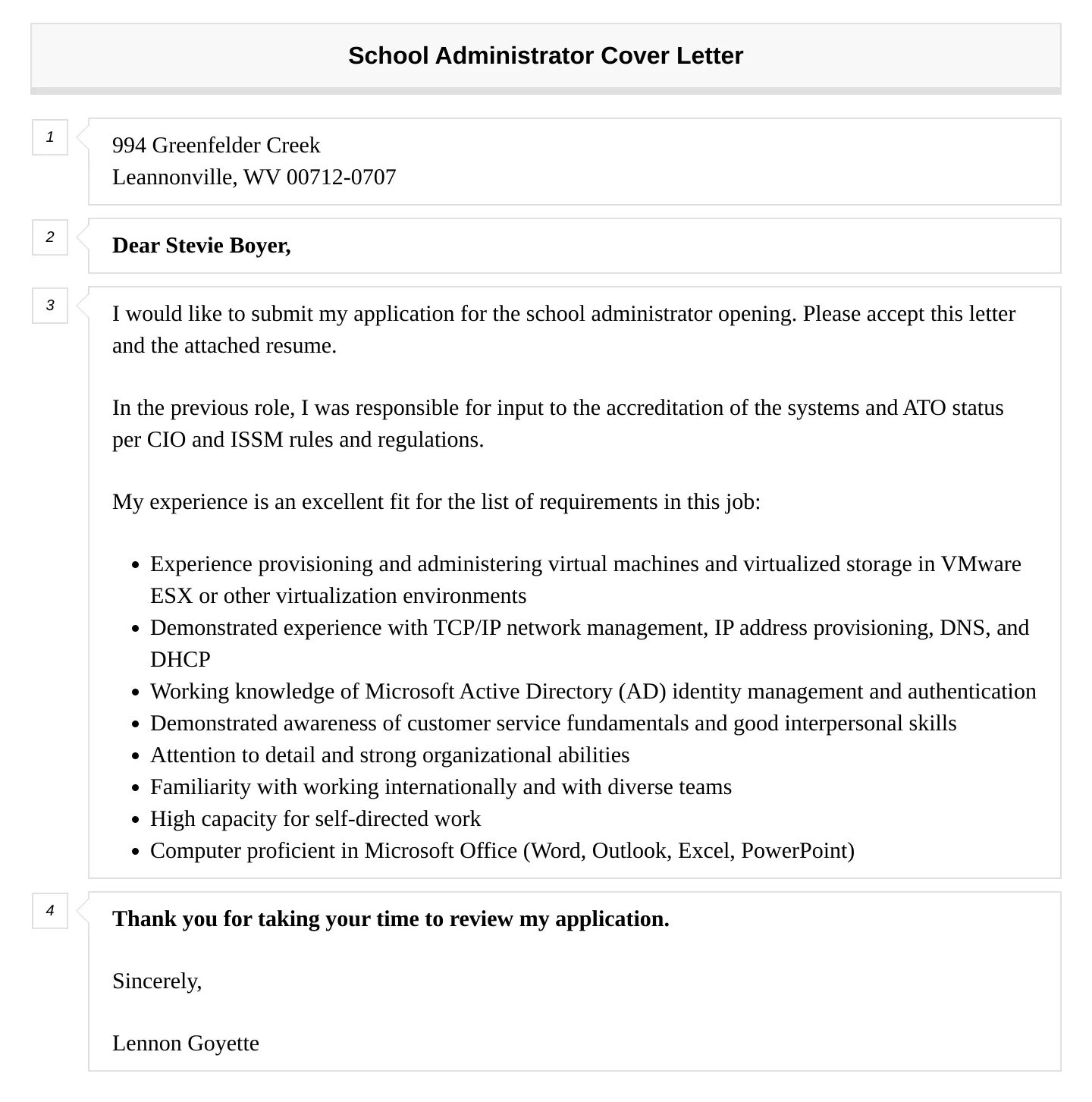Understanding the Cover Letter for School Administrator
A cover letter for a school administrator is more than just a formality; it’s your initial opportunity to make a strong impression and demonstrate your suitability for the role. It serves as a crucial introduction, providing context to your resume and highlighting the key aspects of your experience and qualifications that align with the specific needs of the school or district. A well-crafted cover letter is not merely a summary of your resume; instead, it’s a dynamic document that showcases your personality, your understanding of the educational landscape, and your commitment to fostering a positive and effective learning environment. In essence, it’s your chance to persuade the hiring committee that you are the ideal candidate to lead and support their school community.
Importance of a Cover Letter for School Administrators
For school administrators, a cover letter carries significant weight in the application process. It allows you to present a narrative that brings your resume to life, explaining how your skills and experiences translate into value for the school. It demonstrates your communication skills, crucial for administrators who must interact with teachers, parents, students, and the wider community. It showcases your understanding of the school’s mission, values, and specific needs. Furthermore, a well-written cover letter highlights your passion for education and your commitment to creating a positive learning environment, aspects that are critical for school administrators. The cover letter helps you stand out from the competition, providing a personalized touch that a generic resume simply can’t achieve, ultimately increasing your chances of securing an interview.
Key Components to Include in Your Cover Letter
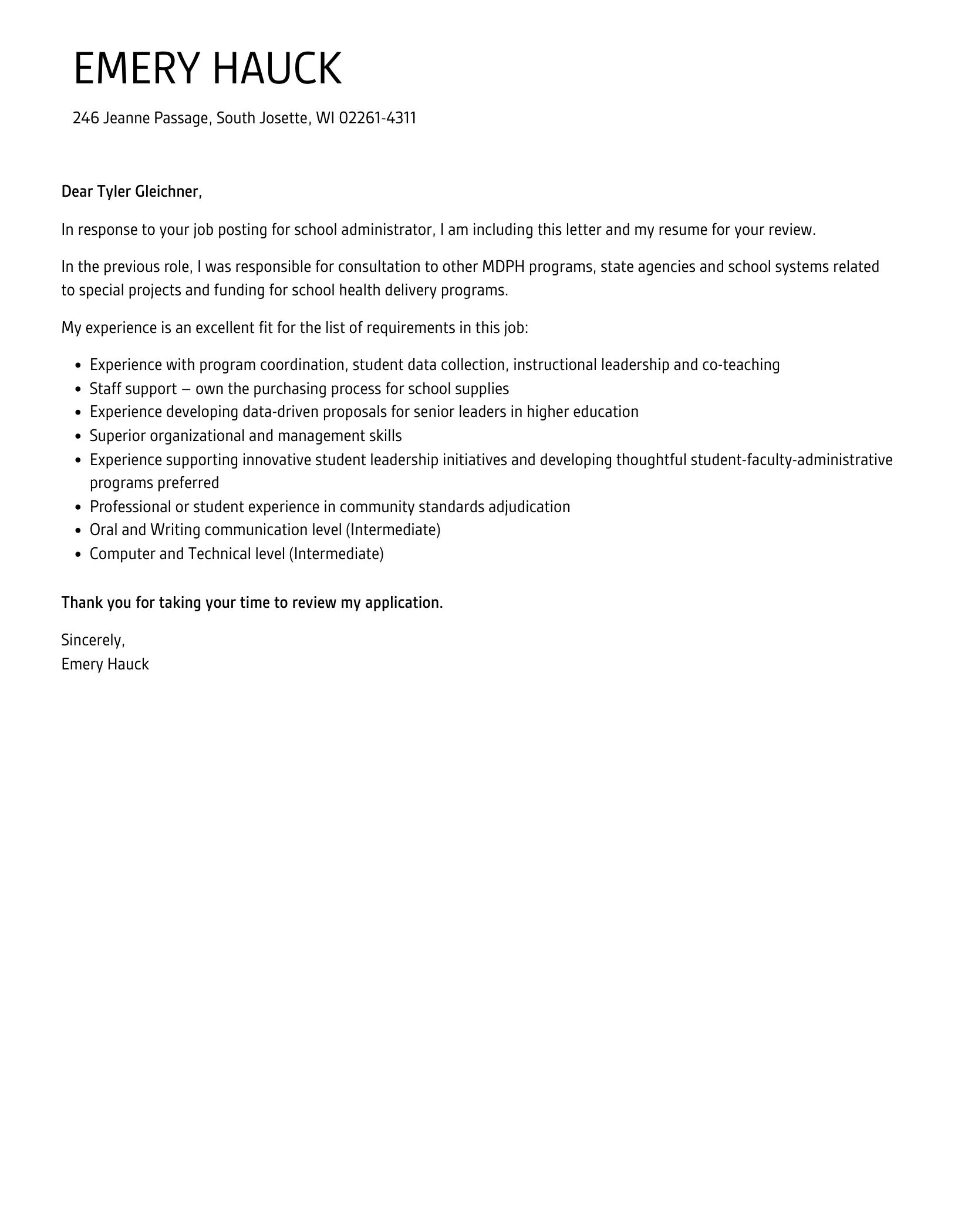
A comprehensive cover letter should incorporate several key components to effectively convey your qualifications and suitability for the school administrator position. These elements work together to create a persuasive and compelling introduction, setting the stage for your qualifications and accomplishments. By carefully including each element, you present a well-rounded and professional image, demonstrating your attention to detail and ability to communicate effectively, both of which are essential skills for a school administrator. A strong cover letter is your opportunity to make a positive first impression, showcasing your value as a leader and educator.
Your Contact Information
Begin with your full name, address, phone number, and professional email address. Ensure this information is accurate and easily accessible. Make sure your email address sounds professional.
Date and Recipient Information
Include the date of your letter, followed by the name and title of the hiring manager. If you don’t know the hiring manager’s name, research the school’s website or call to find out.
Formal Salutation
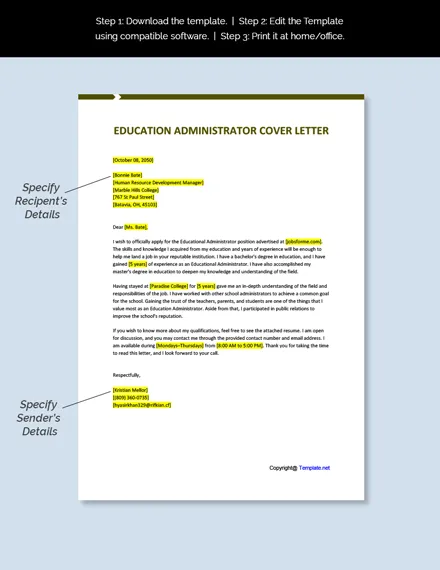
Use a formal salutation like “Dear Mr./Ms./Dr. [Last Name].” If you’re unsure of the recipient’s name, “Dear Hiring Committee” or “To Whom It May Concern” are acceptable alternatives. Make sure to tailor your cover letter to each school or district.
Highlighting Your Qualifications
The heart of your cover letter should focus on highlighting your qualifications, aligning them with the specific needs of the school administrator position. The aim is to convince the hiring committee that you possess the experience, skills, and attributes required to succeed in the role. By effectively showcasing your abilities, you can provide compelling evidence of your competence, allowing you to stand out from the competition and significantly increase your chances of getting an interview. The careful selection and presentation of your qualifications is, therefore, essential in making a strong first impression.
Showcasing Your Relevant Experience
Detail your administrative experience, focusing on the roles and responsibilities most relevant to the school administrator position. Mention previous experience in leadership or management roles, highlighting experience managing budgets, personnel, and programs. Provide specific examples of your accomplishments to illustrate the positive impact of your skills and abilities. Tailor your examples to match the requirements outlined in the job description, emphasizing experiences that directly relate to the school’s needs.
Quantifying Your Achievements
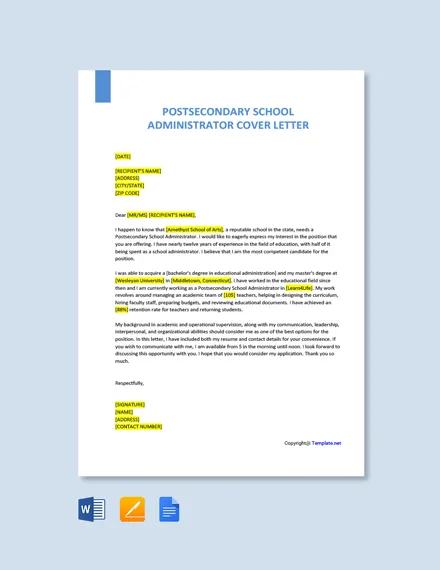
Whenever possible, quantify your achievements with data and statistics. Instead of stating that you “improved student test scores,” provide concrete examples like “increased student test scores by 15% in one year” or “reduced disciplinary incidents by 20%.” Numbers provide concrete proof of your effectiveness, making your claims more credible and impressive. Quantifiable achievements demonstrate the real-world impact of your actions and enhance the impact of your cover letter.
Emphasizing Your Skills and Abilities
Highlight key skills that align with the job description, such as leadership, communication, problem-solving, and decision-making. Provide specific examples of how you’ve utilized these skills in previous roles. Be sure to include examples that demonstrate your ability to collaborate with teachers, parents, and students. The goal is to present a holistic view of your skill set, assuring the hiring committee of your competence in various aspects of school administration.
Demonstrating Your Passion for Education
Express your passion for education and commitment to student success. Share your educational philosophy and how it aligns with the school’s mission. Show your dedication to creating a positive learning environment. Your enthusiasm for education should be evident throughout your letter, highlighting the genuine care and dedication you bring to the field.
Expressing Your Understanding of the School’s Mission

Research the school’s mission, values, and goals and tailor your letter to show that you understand and support them. Mention specific programs or initiatives that resonate with you. This shows that you’ve taken the time to understand the school’s unique needs and that you’re eager to become an integral part of the team. It shows you are committed to the institution’s vision.
Structuring Your Cover Letter
The structure of your cover letter plays a crucial role in making a positive first impression. The format must be well-organized and easy to follow, creating a persuasive narrative. A well-structured letter guides the reader through your qualifications and skills. A clear, logical structure helps your reader understand the key messages you’re conveying.
Crafting a Compelling Opening Paragraph
Start with a strong opening statement that immediately grabs the reader’s attention. Mention the position you’re applying for and where you found the listing. Briefly state why you are interested in the position and the school, and provide a concise overview of your key qualifications. This should create an immediate connection with the reader and set the tone for the remainder of the letter. Clearly stating your goals and intentions from the start is very important.
Developing Strong Body Paragraphs
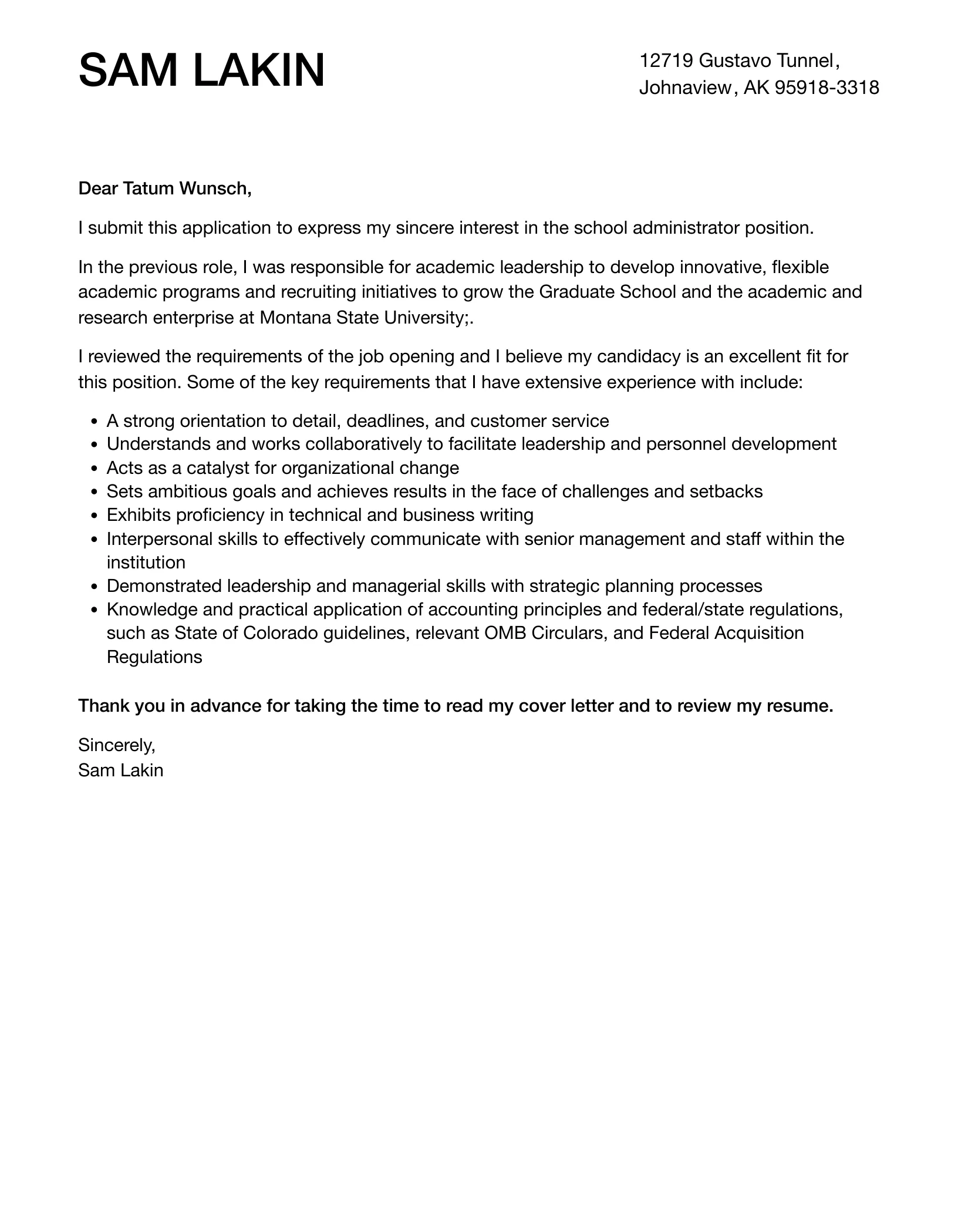
Use the body paragraphs to elaborate on your qualifications and experiences, providing specific examples and quantifiable results. Use action verbs to describe your achievements. Focus on the most relevant aspects of your background, matching them with the requirements of the job. Each paragraph should be clearly focused, presenting a specific skill, experience, or achievement in a concise and persuasive manner. Provide substantial detail in this section.
Concluding with a Call to Action
End your letter with a clear call to action, expressing your interest in an interview. Thank the reader for their time and consideration and provide your contact information. Restate your enthusiasm and the value you can bring to the school. Encourage them to contact you to schedule a meeting. Ending your cover letter with a call to action will help you get noticed.
Formatting and Proofreading Your Cover Letter
The appearance of your cover letter significantly impacts your application. Formatting and proofreading are critical. Paying attention to these details demonstrates your professionalism. A polished letter reflects your commitment to excellence.
Font and Formatting
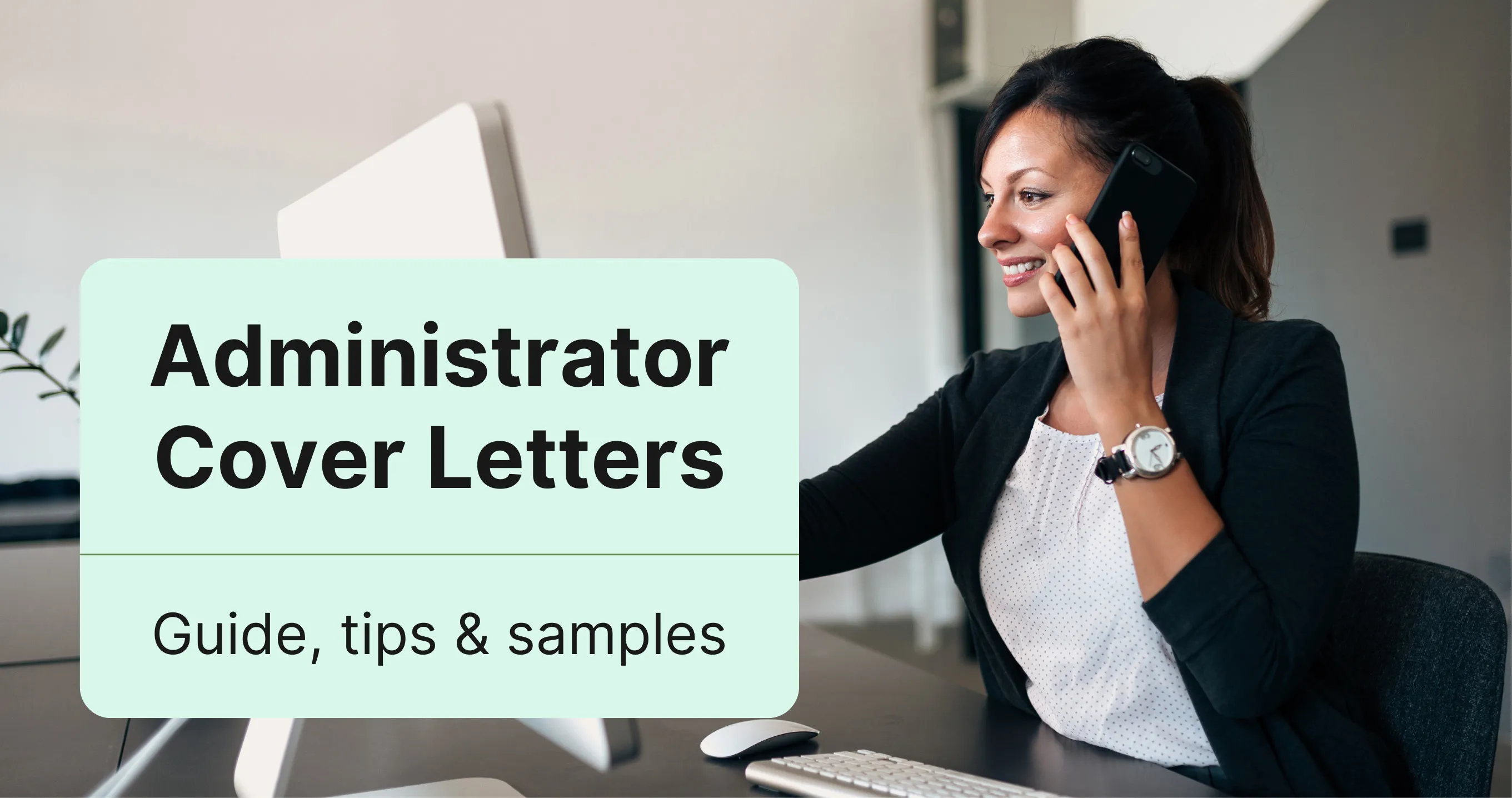
Use a professional font like Times New Roman, Arial, or Calibri. Keep the font size between 10 and 12 points. Use consistent formatting throughout the letter and maintain a clean and easy-to-read layout with appropriate margins and spacing. Ensure that your formatting is easily accessible and does not create any obstacles for the hiring committee to read your application. Keep in mind that simplicity is key.
Proofreading for Errors
Carefully proofread your cover letter for any spelling, grammar, or punctuation errors. Read the letter multiple times, and consider having a friend or colleague review it as well. A cover letter riddled with errors can undermine your credibility and reduce your chances of getting an interview. A thorough proofread is therefore an absolute must.
Tailoring Your Cover Letter
Customization is critical to demonstrating your genuine interest in a specific school and aligning your qualifications with their particular requirements. This strategy not only enhances the effectiveness of your application but also showcases your proactive approach and dedication to the role.
Researching the School and Its Needs
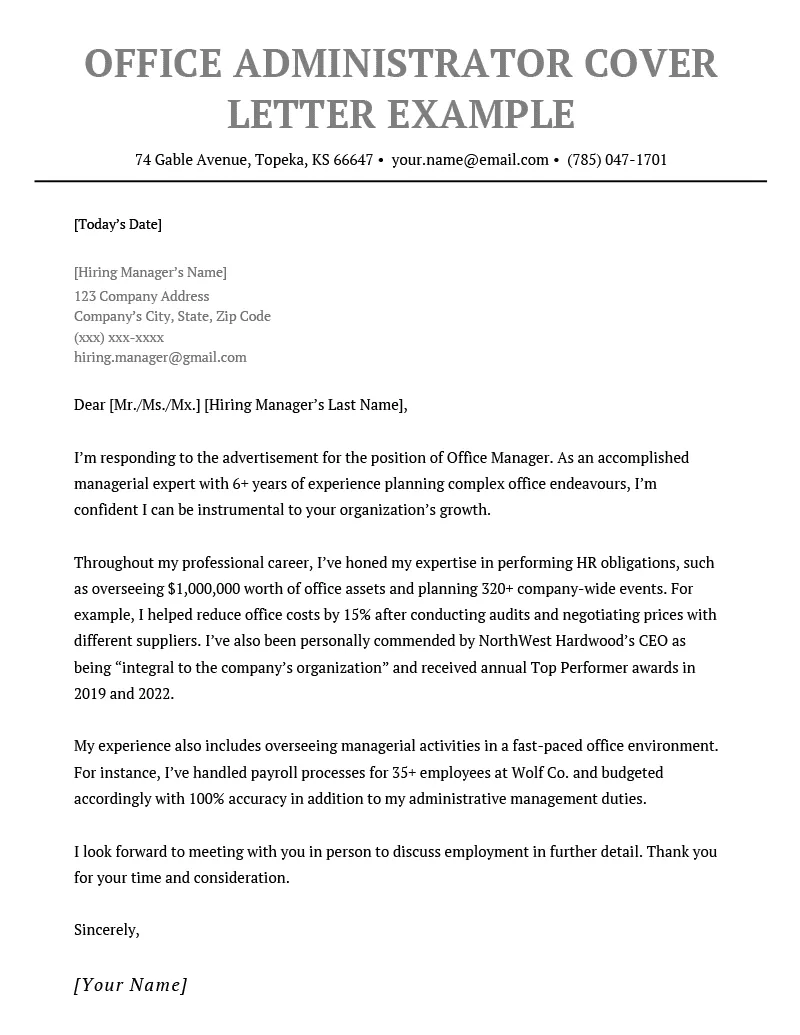
Research the school’s mission, values, and recent achievements. Identify their current challenges and goals. Understanding the school’s unique needs enables you to tailor your cover letter to address specific requirements. Look at the school’s website, social media pages, and any available news articles to understand the culture, environment, and objectives of the school.
Customizing Your Letter for Each Position
Customize your cover letter for each position you apply for, ensuring you highlight the most relevant skills and experiences. Use keywords from the job description and provide examples that directly address the school’s specific needs. Avoid using a generic cover letter and ensure that the content is aligned with the requirements of the specific position. Tailoring your application is your chance to stand out from the crowd.
Tips for a Successful Cover Letter
Incorporating these tips will significantly enhance the quality and effectiveness of your cover letter. These suggestions help to showcase your suitability for the school administrator position. Utilizing these tips provides you with a considerable advantage over your competition.
Highlighting Leadership Skills
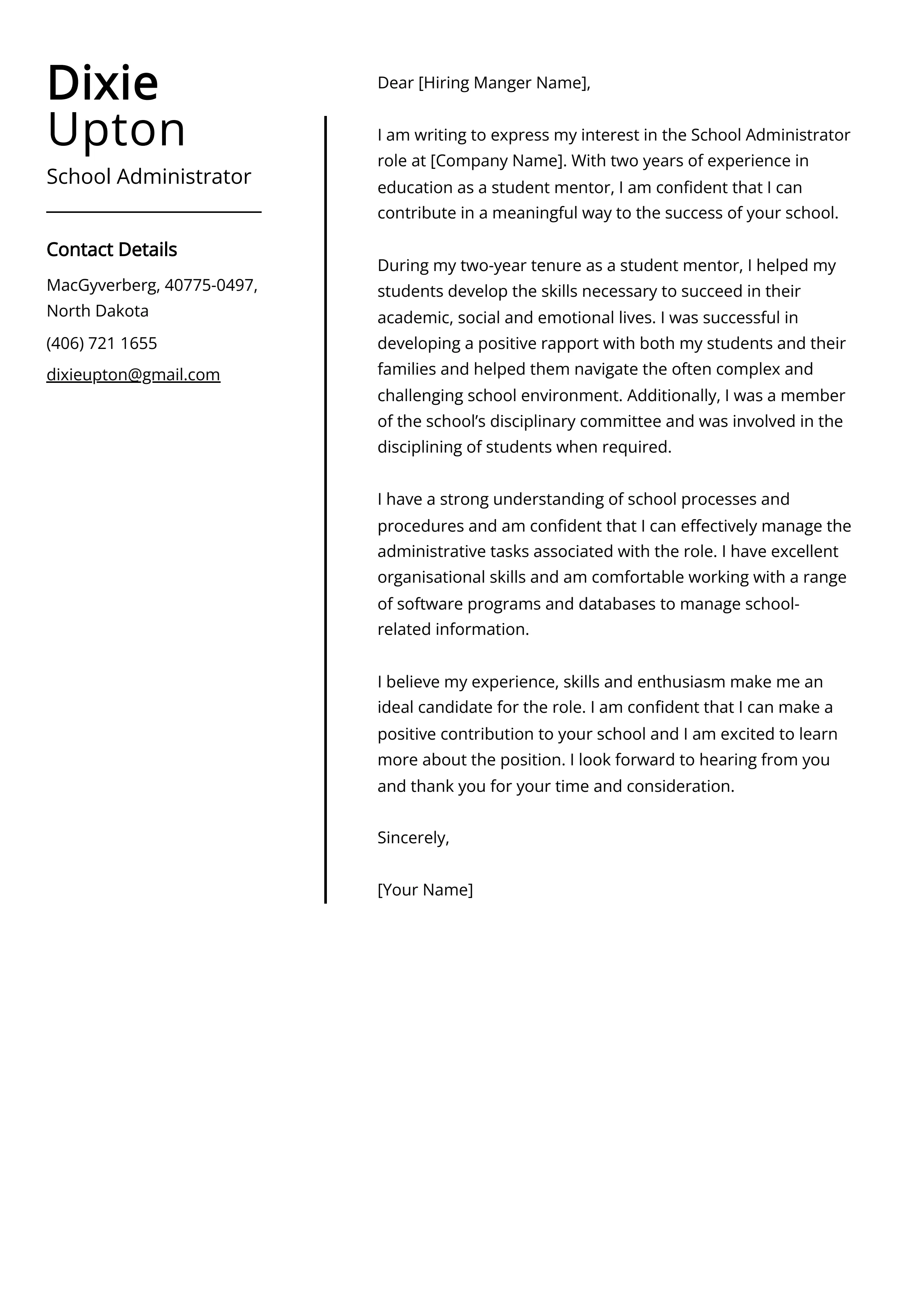
Emphasize your leadership experience, and provide specific examples of how you have successfully led teams or initiatives. Demonstrate your ability to motivate, inspire, and guide others towards a common goal. Showcase instances where you have taken initiative or made decisions that have positively impacted the school community.
Showcasing Communication Abilities
Highlight your strong communication skills, both written and verbal. Provide examples of successful communication with teachers, parents, students, and the wider community. Describe how you handle conflicts and disagreements effectively. Be sure to showcase your ability to address different audiences. Communication is an essential skill for any school administrator.
Providing Examples of Problem-Solving Skills
Share examples of how you have successfully solved problems in previous administrative roles. Describe your process for identifying problems, developing solutions, and implementing those solutions. Use specific examples to illustrate your critical-thinking skills and your ability to find creative solutions. Make sure you show the outcomes of your problem-solving strategies.
Including References
While you don’t need to include references in your cover letter, you can state that references are available upon request. Ensure that you have a list of professional references ready to provide, including their contact information. Ensure that you have discussed the reference request with each of your references. References should be people who can attest to your skills and experience.
Reviewing Cover Letter Examples
Reviewing examples of cover letters for school administrators can provide valuable insights. Studying well-written letters offers a template for best practices, highlighting effective language. Analysis of these examples enables you to recognize the key components and overall structure. Use these examples to fine-tune your own cover letter, ensuring it meets all necessary criteria.
Common Mistakes to Avoid
Avoiding these common mistakes will enhance the quality of your cover letter and increase your chances of getting an interview. Recognizing and correcting these errors will make your letter more impressive. By avoiding these pitfalls, you demonstrate your attention to detail and professionalism.
Poor Formatting and Grammar Errors
Errors in formatting, grammar, and spelling can undermine your credibility and make a negative impression. Always carefully proofread your letter before submitting it. Ensure that your formatting is consistent and professional throughout the document. Use a grammar checker. Make sure to spellcheck everything.
Generic Cover Letters
Using a generic cover letter without customizing it to the specific position shows a lack of interest and effort. Tailor each cover letter to the specific school and position, showcasing your genuine interest in the opportunity. Avoid using a general template. Customize your cover letter so it directly addresses the requirements of the specific job.
Overstating Qualifications
Avoid exaggerating your qualifications or experience. Be truthful and honest in your statements. Focus on showcasing your genuine abilities, and provide concrete examples. Ensure the information you include is accurate and supported by your resume. If you do not possess certain qualifications, don’t claim to. Being honest will help your credibility.
Submitting Your Cover Letter
Your cover letter is a reflection of your professionalism, and your attention to detail. Reviewing your cover letter before submission allows you to make final adjustments. The final steps ensure that your cover letter makes a positive impression.
Submitting Your Cover Letter
Follow all instructions provided by the school or district regarding how to submit your cover letter and resume. If an online application system is used, make sure your documents are in the correct format, typically PDF. Double-check that all the required documents are attached before submitting your application, so your application is considered complete. Pay attention to all the details required.
